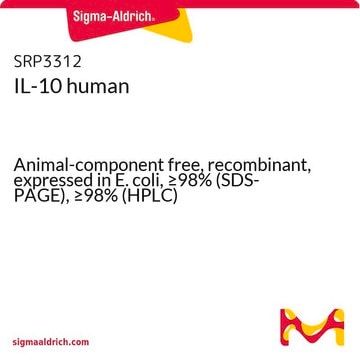The technical bulletin for this kit indicates to bring all reagents to room temperature prior to the assay and to preheat the arginine buffer to 37°C. The 5X substrate buffer is prepared by mixing arginine buffer with Mn solution in the described volumes shown in table 1. The assay reaction is performed by adding 10 uL of the previously prepared 5X substrate buffer to each of the sample wells. The incubation is performed at 2 hours at 37°C. Please review the technical bulletin for specific instructions on performing this assay.
https://www.sigmaaldrich.com/deepweb/assets/sigmaaldrich/product/documents/314/808/mak112bul.pdf
There is no indication to heat the enzyme to 55°C or to mix your sample individually with Mn solution followed by arginine buffer.




